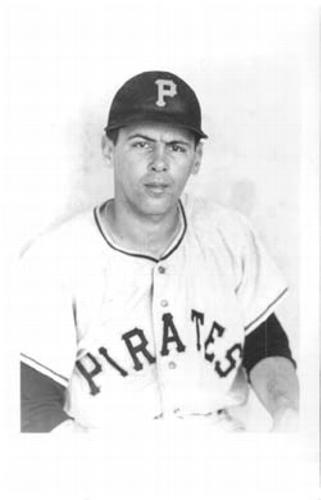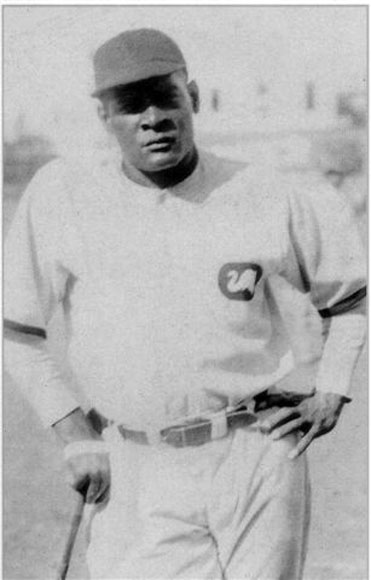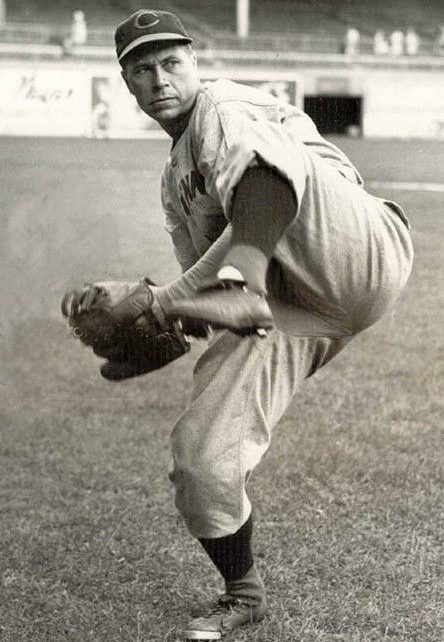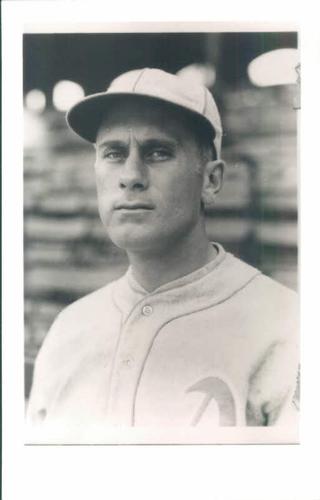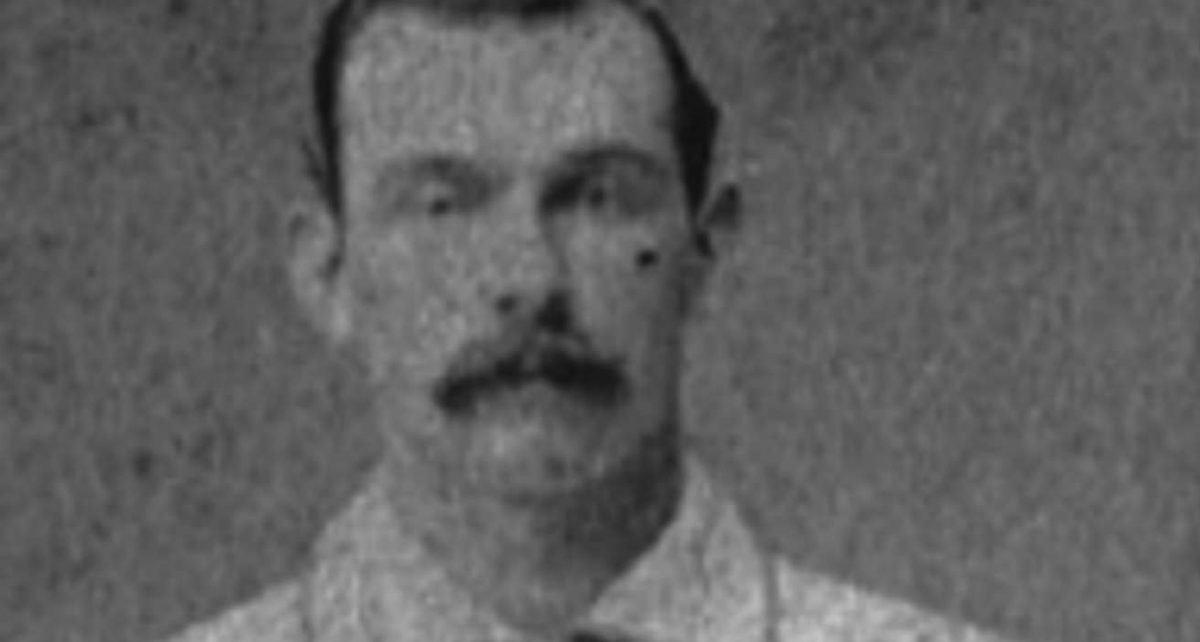The two-way player idea has always been tilted towards position players becoming pitchers. They can hit already, hopefully, and they have the important distinction of being a position player with a strong throwing arm. The ability of a middle infielder to throw the ball hard is often what gets teams talking about giving a position […]
Bridging the Two-Way Gap
Bridging the Two-Way Gap: Cristóbal Torriente
Major League Baseball had, with a few exceptions, relegated the two-way player to the minor leagues by the 1920s. However, the opposite was true in the Negro Leagues. Major or minor, two-way players had been a fixture of every level of the Negro Leagues since the first leagues were formed and the 1920s were no […]
Bridging the Two-Way Gap: Jim Turner
Previously in the two-way series I’ve talked about the death of two-way players in the white major leagues. This occurred after the success of Babe Ruth, and you would be correct in thinking that doesn’t make much sense. Major League Baseball teams got a taste of the value a player could provide as both an […]
Bridging the Two-Way Gap: Ossie Orwoll
By the late 1920’s the idea of the two-way player had been pushed to the back of the baseball landscape. At least this was true in the white major leagues, where things had become more set in stone as far as positions played are concerned. In the Negro major leagues and minor leagues across the […]
Bridging the Two-Way Gap: Jim Devlin
There were two-way players before Babe Ruth. A quick look at the Deadball Era reveals a number of short-lived two-way players. Some were experiments, some were actual strategic moves, and others were larks and nothing more. For some players, they underwent a transitional period. During this period they would see time on the other side […]
